The more important social impact investing becomes to societal and environmental outcomes the more critical it is to make the connections between those that fund and those that benefit.
Investors funding social impact programs, grant funded or commercial investments, need information that goes beyond the traditional financial compliance and regulatory reporting. Social impact investing demands much more.
Social impact reporting: what is needed?
Human, community, environmental and economic development impacts are all drivers for social impact investing. The reporting relationship needs to satisfy the funder’s desire to connect to beneficiaries and the impacts they achieve. The long-term interests of the beneficiaries are critical to social impact investors.
This relationship is best fostered when funders can engage directly with the beneficiaries and the programs they are funding. Many other sectors have utilised technology to remove artificial blockages and information silos. Social impact investing can benefit from this transformation too.
Already there are a variety of international, and national, indicators and goals. These are designed to provide a high-level aggregation of data to measure a country’s progress. These are also used by individual programs and funds to enhance transparency and comparability. This rolled up data provides the big picture.
Program reporting provides the day-to-day information. This includes data on funding, milestones, and other contractual funder-program relationships.
What’s missing?
Funders want a direct connection to their beneficiaries. This desire for closeness in the relationship is not a reflection of trust or issues with the program manager. It reflects the change in how funders see their role. They want to be more actively engaged with their investments and seeing their impact first-hand.
How this can be done
Social impact reporting from investments, grants or otherwise, must take advantage of technology systems that can:
1. Extend a program’s reach outside the internal administration and management group. With easy to use online interfaces funding applicants can directly engage with funders and others.
2. Support assessment workflows that can include investors or other external stakeholders. Assessments can be scored on a variety of categories including investor interests.
3. Deliver qualitative reporting from in field agents and beneficiaries to provide a direct link to local on the ground impact. It also provides a more contextual story, from the voice of the beneficiary.
To further grow social impact funding, technology providers need to offer smart, flexible and robust systems. These systems must deliver high quality data management, effective program administration and build a connection to foster the funder-beneficiary relationship.
The nature of social impact reporting
Social impact investors understand their funds are likely to be longer term investments and know impacts can demand a longer time mind-frame as well. They need to be able to track and maintain this relationship far longer than a single funding cycle. They also understand their impact is not just on the direct beneficiary. Investors want to understand the reach and significance of their investments. Impacts for the beneficiary are likely to include their immediate circle and maybe their community too. This is a rich source of data that can help shape and guide funding, as well as program management. More direct and transparent information sharing may also grow the funding relationship too.
Reporting tools make the difference
Programs managing investor funds are at the centre of this relationship. They need to adopt critical software tools themselves as enablers of these relationships. It’s not enough they have an internal process for payments or contracts.
With Enquire investors and their program manager partners, like NGOs, foundations and other organisations, can easily manage all data centrally, including historical data and data to be generated for years to come. They can manage internal and external stakeholders, access rights to information and roles; they can extend reach and interaction to in the field agents and beneficiaries themselves.
Utilising Enquire, all parties have a single system that enables this relationship. Enquire provides the ability to integrate external stakeholders, engage them in the decision-making processes and connect direct beneficiary reporting to funders.


